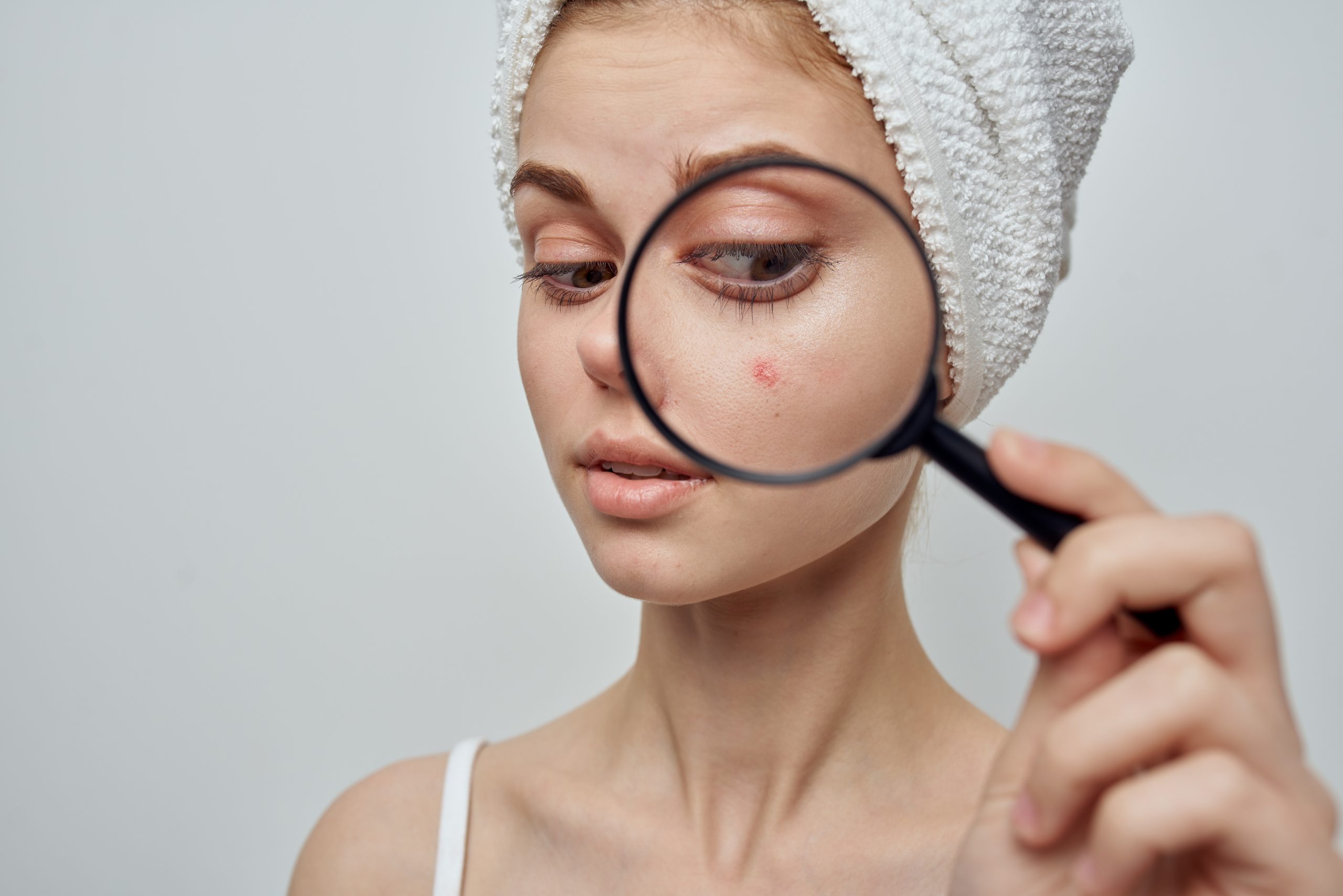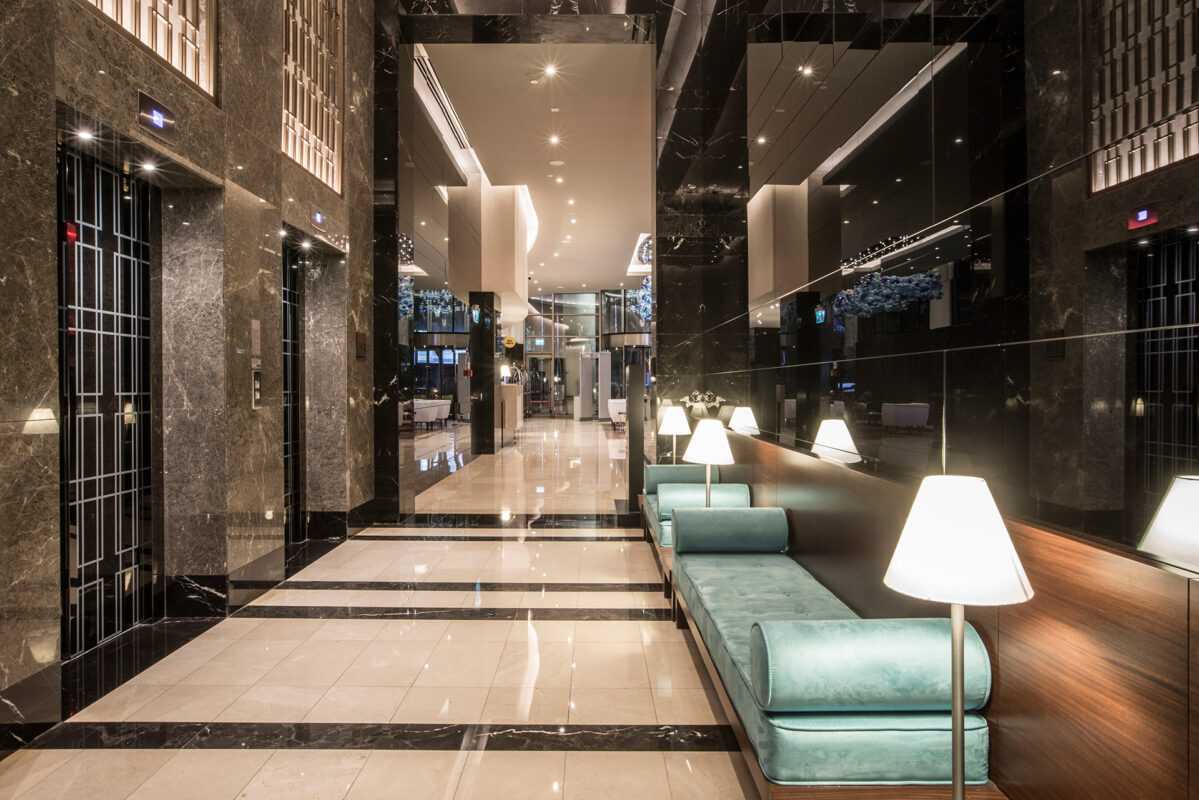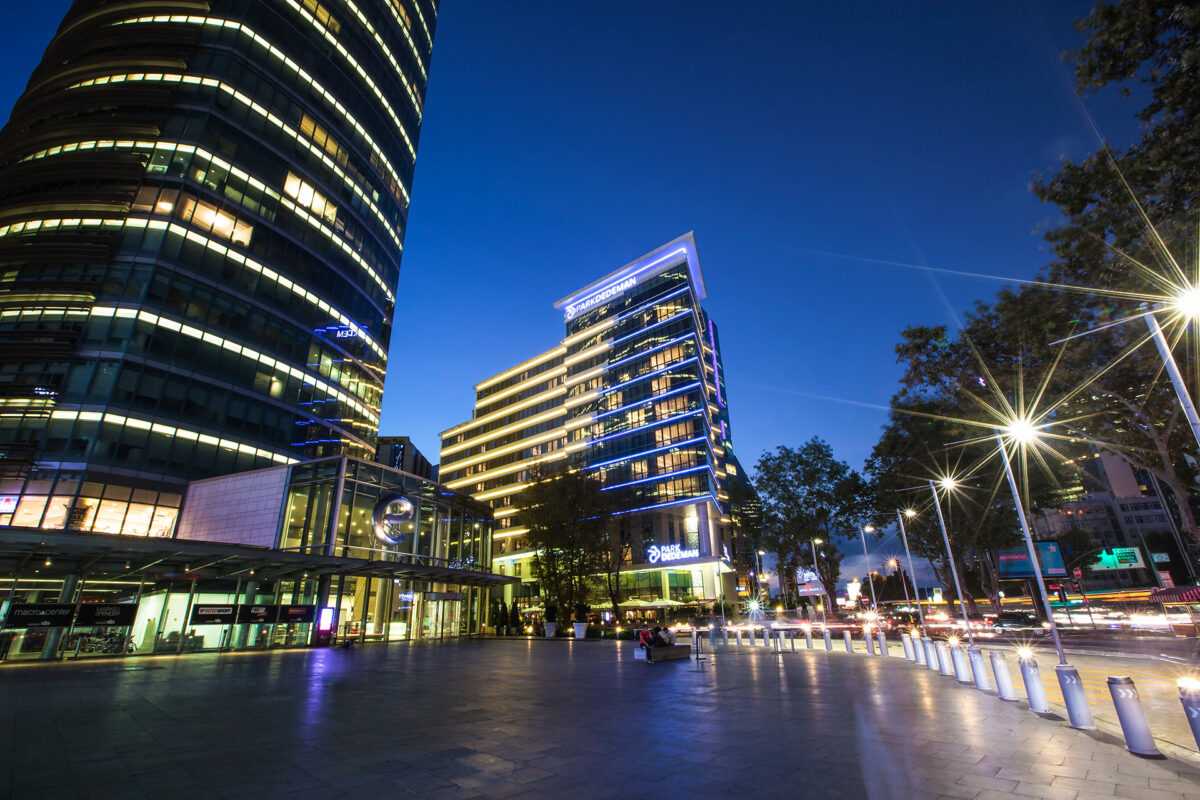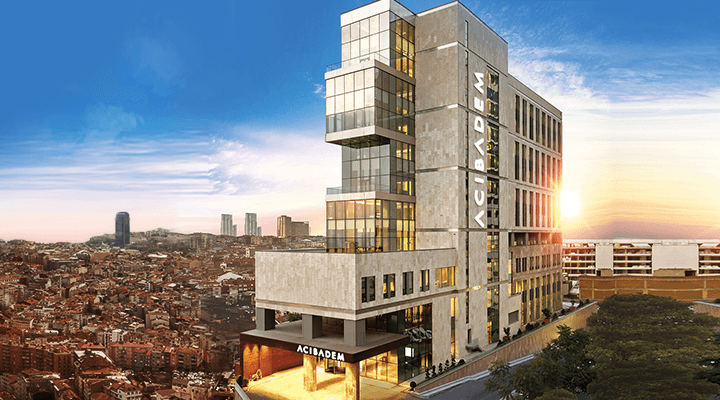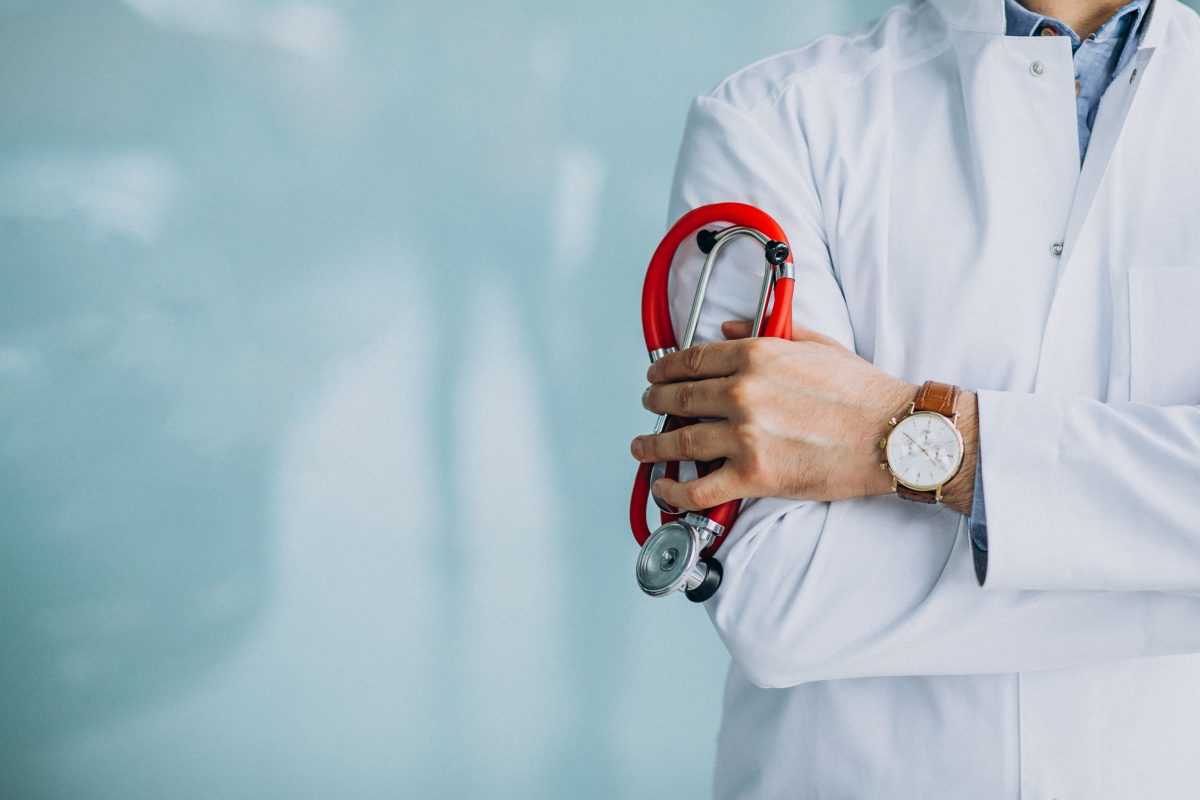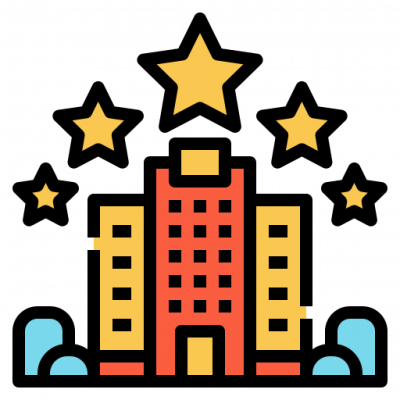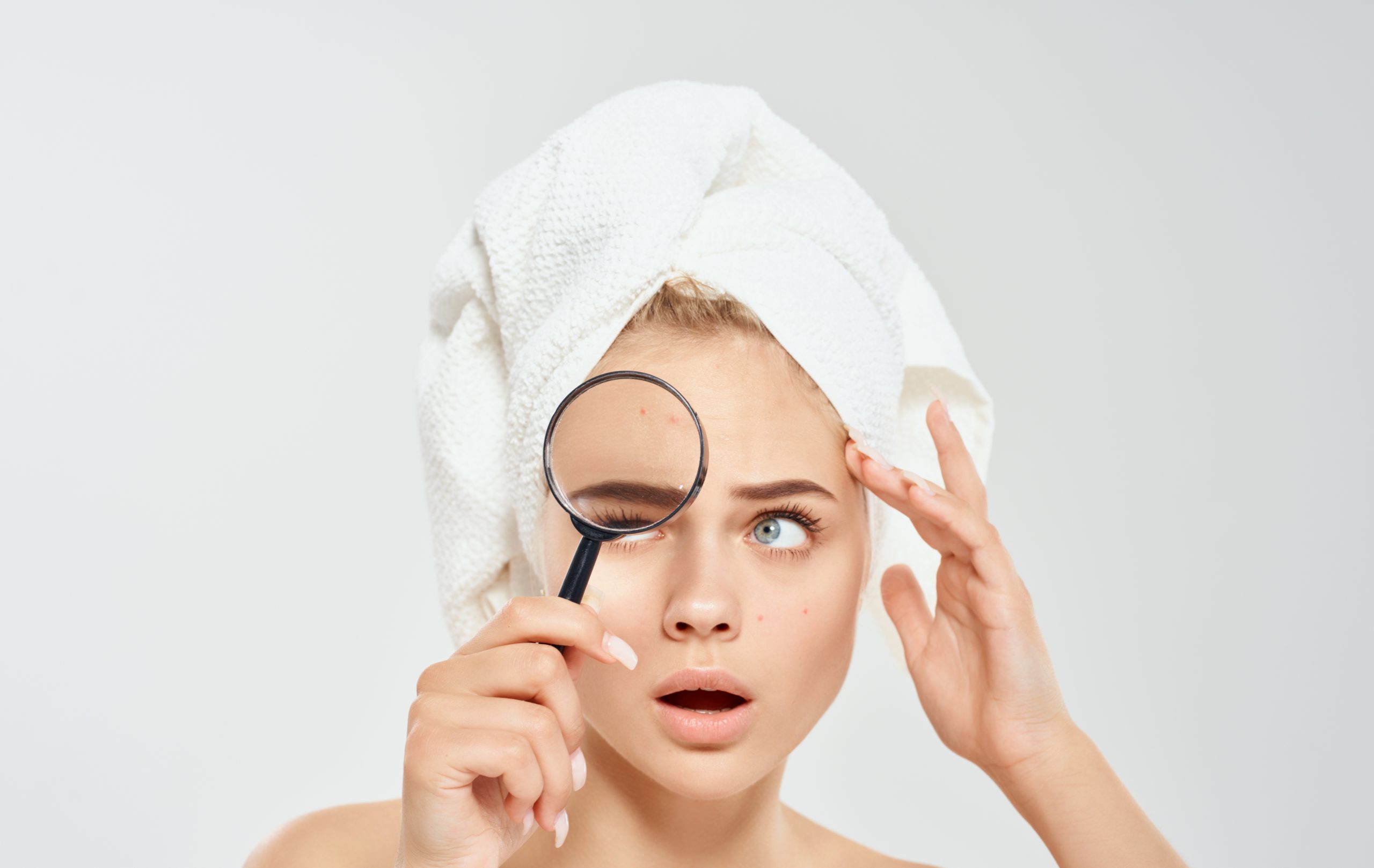
Acne Scar Treatment Turkey
While acne sores are bad enough, the scars they leave behind can seem like a permanent, long-lasting nightmare. Scars can rob individuals of their self-esteem and cause a great deal of distress for those suffering with them, affecting much more than their daily interactions with people. As hard to believe as it may be for those with blemish-free faces, stress from acne scarring can destroy a person’s self-esteem, with detrimental effects on their professional, romantic, and social lives.
Overview
Acne is a common skin condition that’s characterized by red pimples on the skin, especially on the face, created by inflamed or infected sebaceous glands. It’s prevalent mainly among adolescents but may also be present in some adults. After acne has healed, it can leave behind very visible scarring; some studies suggest that up to ninety-five percent of those who suffer from acne vulgaris will experience at least some scarring.
The problem of acne is certainly not a new one. The background of acne reaches back to the dawn of recorded history. There are records that several, ancient Egyptian pharaohs suffered from it. And 2000 years ago, in Rome, bathing in sulfur mineral waters was among one of the few treatments specifically cited as a way that the people of the past dealt with the inflamed bumps.
The good news is that with advancements in medicine and cosmetic procedures, there are now many treatments available to address the problem of acne scarring. If you’re interested in having one of these procedures done, this guide will help you learn more about the process so that you can determine whether acne scar treatment is the right choice for you.
What Causes Acne Scars?
When acne breakouts penetrate deep into the skin, they damage both the skin and the tissue beneath it. As the acne clears, the body tries to repair this damage.
During the healing process, the body produces collagen—a substance that gives the skin support. If the body produces too little or too much collagen, the skin will scar. There are two types of acne scars, and the kind you’ll have will depend on the amount of collagen your body makes.
There are two main types of scars, caused either by a loss of tissue, or an excess of tissue:
Depressed Acne Scars (atrophic) – This type of scarring occurs when the body produces an insufficient amount of collagen, resulting in small, cave-like depressions in the skin as it heals.
Raised (or hypertrophic) Acne Scars – If the body produces too much collagen as it tries to heal, a raised acne scar will develop.
Within these two categories, there are three different types of acne scars. These are known as icepick scars, boxcar scars, and rolling scars.
Icepick Scars: This type of depressed acne scarring is characterized by its long, thin, needle-like marks, and are widely known as some of the hardest acne scars to treat.
Boxcar Scars: Boxcar acne scars resemble chicken pox scarring, with sunken-in indentation marks that are typically broad and rounded.
Rolling Scars: Rolling scars are caused by damage underneath the skin, and can be characterized by their signature rough, textured appearance or round, boxcar scar-like shapes.
What Types of Treatments for Acne Scars are There?
There are many different procedures to treat acne scars, depending on the type you have and the level of scarring present. In most cases where scarring is severe and the patient requires an intensive procedure to see significant results, doctors will recommend one of the following procedures.
Dermabrasion for Acne Scars
Dermabrasion is the process of surgically scraping the top layers of skin and removing dead skin to help lessen the appearance of scars, wrinkles, pigmentation, and pre-cancerous lesions. In dermabrasion for acne scar surgery, your dermatologist or cosmetic surgeon will use the process to raise the scar, bringing it closer to the surface of the skin.
Dermabrasion takes around an hour to complete, and you may be placed under sedation with either local or general anesthesia for the pain. Some patients may receive their desired results after only one procedure, and others will require more than one procedure to eliminate or lessen the appearance of particularly severe scars.
Laser Skin Resurfacing for Acne Scars
When a patient wants to reduce the appearance of widespread acne scarring, a dermatologist may recommend a laser resurfacing procedure. During resurfacing, layers of skin are removed to allow the body to produce new skin cells. To achieve the desired effect, doctors may use laser skin resurfacing along with chemical peels with glycolic acid, lactic acid or salicylic acid, dermabrasion, microdermabrasion, or a combination of these treatment methods for severe scarring.
There are many options for acne scar treatment using lasers. Laser treatments not only stimulates new collagen production but also galvanizes the skin to generate healthier tissue and new cell turnover. For shallow to moderately shallow acne scarring and discoloration, fractional non-ablative lasers can offer patients results with little downtime. For more deep pitted scars, a more invasive fractional ablative laser will offer significant results in fewer treatments.

Dermal Fillers for Acne Scars
A dermatologist may fill acne scars with collagen, the patient’s fat, or another substance. Many fillers only give temporary results, which can last between 6 and 18 months. Some fillers are permanent. Skin fillers are suitable for treating a few depressed scars, but not icepick scars.
Dermal fillers are a great way to treat and potentially get rid of certain types of acne scars, particularly rolling and boxcar types. The type of dermal fillers your doctor chooses for your procedure will depend on a patient’s facial anatomy, scarring, and the results expected. In most cases, hyaluronic-based fillers like Juvederm®, and Belotero® are preferred and used by plastic surgeons and dermatologists performing the procedure.
Subcision for Acne Scars
Subcision is a procedure that treats depressed acne scars by inserting a needle under the skin, moving the needle back and forth to break up the fibrotic strands of the acne scar, thereby releasing the tension of the scar and allowing the skin to rise.
Subcision is a relatively minor surgical procedure, performed by cosmetic surgeons to treat many types of depressed scars and wrinkles. Your doctor will insert a tri-beveled hypodermic needle through a puncture in the skin surface, moving its sharp edges under the skin in a fan-like pattern. These subcuticular cuts help to break up the acne scar tissue, releasing fibrotic bands that hold the scar underneath.
Repeated sittings are required for ideal cosmetic results. If many scars need subcision, few scars may be treated at a time, like on one cheek to avoid severe edema.
Less-Invasive Alternatives for Acne Scar Treatment
In lighter cases where scarring is not as severe, doctors often combine two or more non-invasive treatments to achieve the ideal results for the patient. These non-invasive procedures that a dermatologist may use to treat depressed acne scars may include:
Skin Tightening– Dermatologists may use a technology known as radiofrequency to tighten the skin and make depressed acne scars less noticeable. Radiofrequency requires repeat appointments and some at-home care. After a radiofrequency treatment, patients may feel a burning sensation for a short time, and their skin often has a pinkish color for two to three days afterward. Skin tightening is good for treating depressed acne scars. Sometimes, skin tightening may also effectively treat deep icepick and boxcar scars.
Collagen-Induction Therapy– Also known as needling or micro-needling, to perform this procedure, a dermatologist moves a handheld needle-studded roller across the depressed acne scars. This punctures your skin. As your skin heals, it produces collagen. Many patients require multiple treatments and a period of months to see a noticeable change. Some swelling and bruising may accompany this method.
Electrodesiccation– This treatment involves the use of an electrical current, which is used to heat the skin. The high voltage current attacks unwanted skin cells from the surface, which removed damaged areas and reduces the appearance of acne scars. Additionally, electrodessication (when combined with another process called curettage) can also be used to aid in the removal of precancerous lesions and superficial skin cancer growths, and also benign tumors like skin tags, warts, and granulomas. However, this treatment is not primarily meant as an effective treatment for acne scars when used alone. At the very least, it is ideal for shaping or reducing the edges of boxcar acne scars.
Treatment for Raised Acne Scars
Raised acne scars occur when too much scar tissue has formed as a result of the healing process. Raised scars can be altered to appear less severe or even surgically removed in some cases. This type of scarring is usually easier to treat than deep, depressed scars.
The treatments that a dermatologist may use to treat raised acne scars to include:
Injections– Injecting medicine directly into certain scars can soften and flatten them. Many patients receive injections of corticosteroids. A chemotherapy medicine known as fluorouracil (5-FU) can also be effective in treating raised acne scars. Getting the best results often requires several repeat visits over a few weeks. This type of treatment is often recommended for those with raised, painful scarring.
Laser Therapy– Lasers and other light therapies, like pulsed dye laser (PDL) are often used effectively in the treatment of acne scarring. In particular, pulsed dye laser therapy can help to flatten raised scars and reduce their appearance.
Cryosurgery– This treatment freezes the scar tissue and causes it to die and gradually fall off. To improve the results, dermatologists often recommend a series of cryotherapy sessions and corticosteroid injections. The main drawback of cryotherapy is that it can cause permanent light spots to form on the treated skin. It can effectively diminish raised scars in people who have lighter skin but are not usually recommended for darker skin tones.
Scar Creams and Gels– Often available over-the-counter and without a prescription, scar creams and gels can sometimes help to reduce the itch and discomfort as well as shrink, flatten, and fade raised acne scars. While creams and gels may be good options for reducing scar size and discomfort, none of these are likely to eliminate a raised scar.


 Deutsch
Deutsch Français
Français